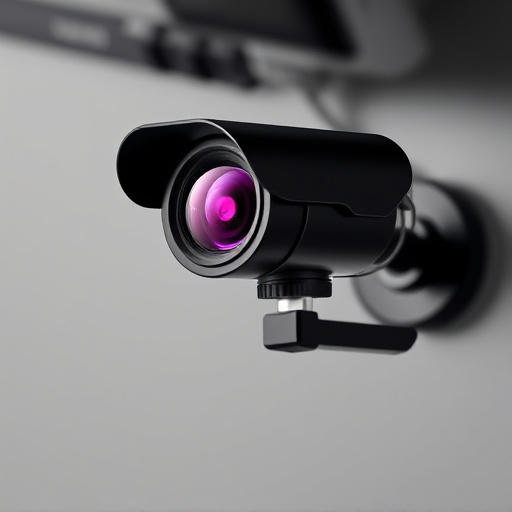Small spy cameras with audio technology have revolutionized law enforcement by providing discreet surveillance and evidence collection tools, offering crucial intelligence-gathering capabilities for tactical operations in high-crime areas. These versatile devices enhance public safety and crime prevention but raise ethical and legal concerns regarding privacy rights and the balance between public safety and individual freedoms, necessitating transparent use, proper permissions, and data protection to maintain community trust.
“Unveiling the transformative potential of small spy cameras with audio in law enforcement, this article explores their multifaceted features and benefits. From covert surveillance to real-time evidence collection, these advanced devices offer unprecedented tactical advantages. We delve into strategic deployment scenarios, providing insights on when and where to leverage their capabilities most effectively. Furthermore, ethical considerations and legal implications are scrutinized to ensure responsible integration into law enforcement practices.”
Understanding Small Spy Cameras with Audio: Features and Benefits
Small spy cameras with audio technology have emerged as powerful tools for law enforcement, offering unprecedented levels of surveillance and evidence collection. These compact devices pack advanced features that make them highly effective in various scenarios. One of their key benefits is discreetness; their small size allows officers to capture unawareness footage and recordings without drawing attention, ensuring critical information isn’t missed during operations.
Additionally, these cameras often come equipped with high-quality microphones, providing clear audio capture alongside video. This feature enhances the integrity of evidence by offering a comprehensive record of events, including conversations or distinct sounds that could prove pivotal in investigations. The versatility and portability of small spy cameras make them invaluable assets for tactical operations, providing law enforcement with an extra layer of intelligence-gathering capability.
Deployment Strategies for Law Enforcement: When and Where to Use Them
Law enforcement agencies are increasingly adopting small spy cameras with audio capabilities as a powerful tool for public safety and crime prevention. The strategic deployment of these devices is key to maximizing their effectiveness. One common strategy is using them in high-crime areas, such as alleys, parks, and neighborhoods with a history of criminal activity. These tiny cameras can be discreetly placed to monitor suspicious behavior, providing valuable evidence for investigations.
The use of audio recording further enhances their capabilities. Officers can capture vital information during operations, including conversations, screams, or any unusual noises that might indicate distress or illegal activities. This technology is also effective in traffic stops, allowing officers to document interactions and ensure the safety of both officers and citizens. Discreet placement ensures minimal disruption while maximizing the potential for positive outcomes in law enforcement efforts.
Ethical Considerations and Legal Implications of Audio Cameras in Law Enforcement
The integration of small spy cameras with audio capabilities into law enforcement practices raises significant ethical and legal questions. While these devices offer enhanced surveillance and potential crime-solving advantages, they also pose risks to privacy rights. The ability to record both visual and auditory information can capture sensitive details, including personal conversations and intimate moments, leading to concerns about consent, data protection, and the potential for misuse.
Legally, the implementation of audio cameras requires a delicate balance between public safety and individual freedoms. Many jurisdictions have strict regulations regarding surveillance, especially when it involves recording audio. Law enforcement agencies must adhere to guidelines that ensure transparent use, obtain necessary permissions, and safeguard recorded data from unauthorized access or distribution. Failure to do so could lead to legal repercussions and damage the trust between law enforcement and the community they serve.
